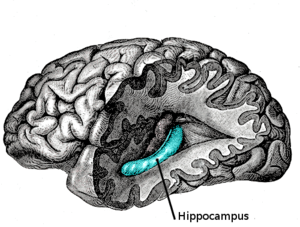Chronic pain can be worsened or made better depending on the foods you choose to eat. Discover the food and pain connection, and start feeling better.
You may have heard the expression, “One man’s food is another man’s poison” and the statement is never truer than for those living with chronic pain. If you’re like millions struggling with chronic disease, you may take one or more prescription medications. Opiates, steroids, and narcotics often cause terrible side effects if used over long periods of time. These food cures for chronic pain can help reduce or completely eliminate your need for them.
The Food and Pain Connection
You may have never given much thought to how food might affect your pain levels but it has a lot more effect than you think. Highly processed foods like soda, candy, boxed cereals, instant soups, and fast-food burgers contain little nutritional value and a dangerous amount of chemicals that make chronic pain worse.
Read on alignlife.com
We hear it all the time, but it can’t hurt to revisit it again because I know this is one area I need to begin paying closer attention. It doesn’t seem that long ago when I was juicing or blending at least once per day and found it fairly easy to stay on track with my dietary requirements. I also really enjoyed it. I haven’t been finding this so easy to maintain anymore…for various reasons. The biggest probably being lack of energy and just sheer poor planning on my part. I found it much easier to eat for health when I was healthy – ironically enough because it’s that much more important now.
I have no doubt that there is a close connection between the food we consume and how we feel. And that this is even more true for those of us that live with chronic pain. There has been a lot of research to show the inflammatory properties of certain foods and the healing qualities of others.
We can’t go wrong with eating lots of colourful fresh fruits and vegetables and fiber in our diet. Are there any foods in particular you have found that help reduce your pain, or foods that you avoid because you find they aggrevate your pain? Please share them with us below.
Blessings,
Jacqui
Related articles






















